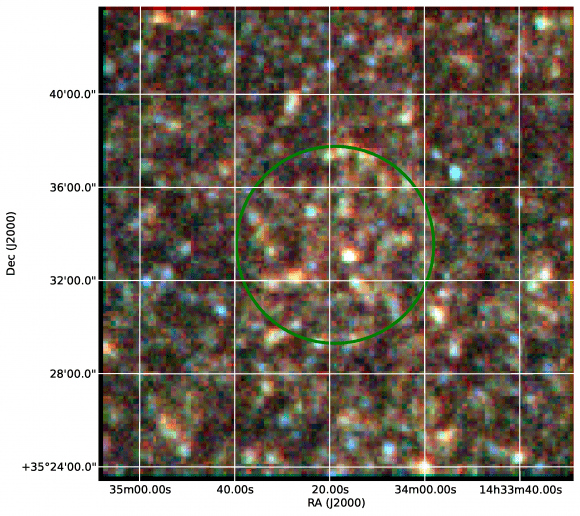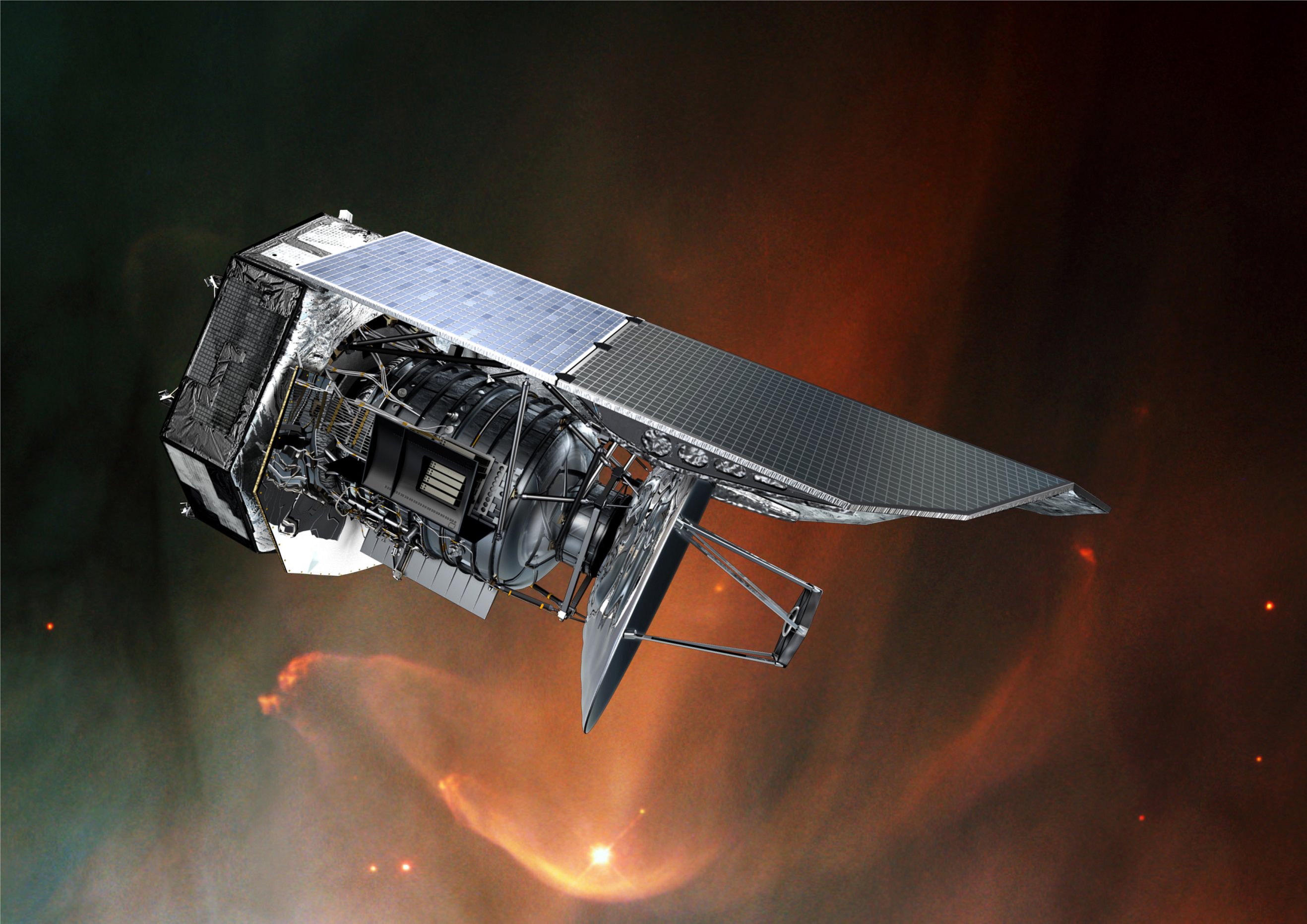Doing something extraordinary often requires teamwork for humans, and the same can be said for telescopes. Witness the success of the Herschel and Planck observatories, whose data was combined in such a way to spot four galaxy clusters 10 billion years away — an era when the universe was just getting started.
Now that they have the technique down, astronomers believe they’ll be able to find about 2,000 other distant clusters that could show us more about how these collections of galaxies first came together.
Although very far away, the huge clumps of gas and dust coming together into stars is still visible, allowing telescopes to see the process in action.
“What we believe we are seeing in these distant clusters are giant elliptical galaxies in the process of being formed,” stated David Clements, a physicist at Imperial College London who led the research, referring to one of the two kinds of galaxies the universe has today. Elliptical galaxies are dominated by stars that are already formed, while spiral galaxies (like the Milky Way) include much more gas and dust.

This finding is yet another example of how the data from telescopes lives on, and can be used, long after the telescope missions have finished. Both Planck and Herschel finished their operations last year.
“The researchers used Planck data to find sources of far-infrared emission in areas covered by the Herschel satellite, then cross-referenced with Herschel data to look at these sources more closely,” the Royal Astronomical Society stated.
The two telescopes had complementary views, with Planck looking at the entire sky while Herschel surveyed smaller sections in higher resolution. By combining the data, researchers found 16 sources in total. A dozen of them were already discovered single galaxies, but four were the newly discovered galaxy clusters. Fresh observations were then used to figure out the distance.
You can read more details in the Monthly Notices of the Royal Astronomical Society or in preprint version on Arxiv.
Source: Royal Astronomical Society

